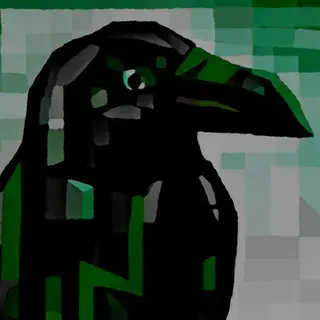- cross-posted to:
- earthlingliberationnotes
- cross-posted to:
- earthlingliberationnotes
The marker approach is taken as best practice for answering the distribution question: Which animals are conscious? However, the methodology can be used to increase confidence in animals many presume to be unconscious, including C. elegans, leading to a trilemma: accept the worms as conscious; reject the specific markers; or reject the marker methodology for answering the distribution question. I defend the third option and argue that answering the distribution question requires a secure theory of consciousness. Accepting the hypothesis all animals are conscious will promote research leading to secure theory, which is needed to create reliable consciousness tests for animals and AIs. Rather than asking the distribution question, we should shift to the dimensions question: How are animals conscious?
The article critiques the marker approach used to determine which animals are conscious, suggesting it may lead to a trilemma regarding consciousness in unexpected species like C. elegans (invertebrate, tiny worm used in experiments). The author argues for the need of a secure theory of consciousness to reliably test for animal and AI consciousness, rather than relying solely on markers. Assume that all animals are conscious to promote scientific discovery and better understand the dimensions of consciousness.

